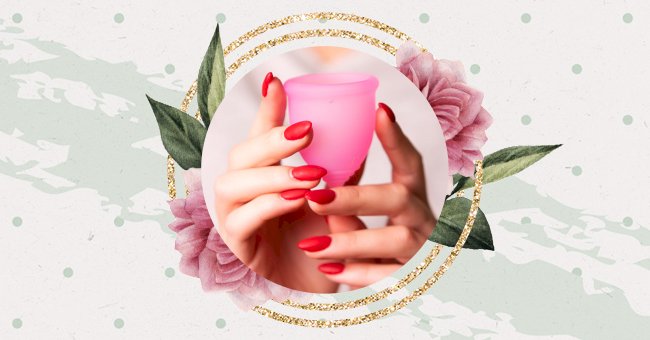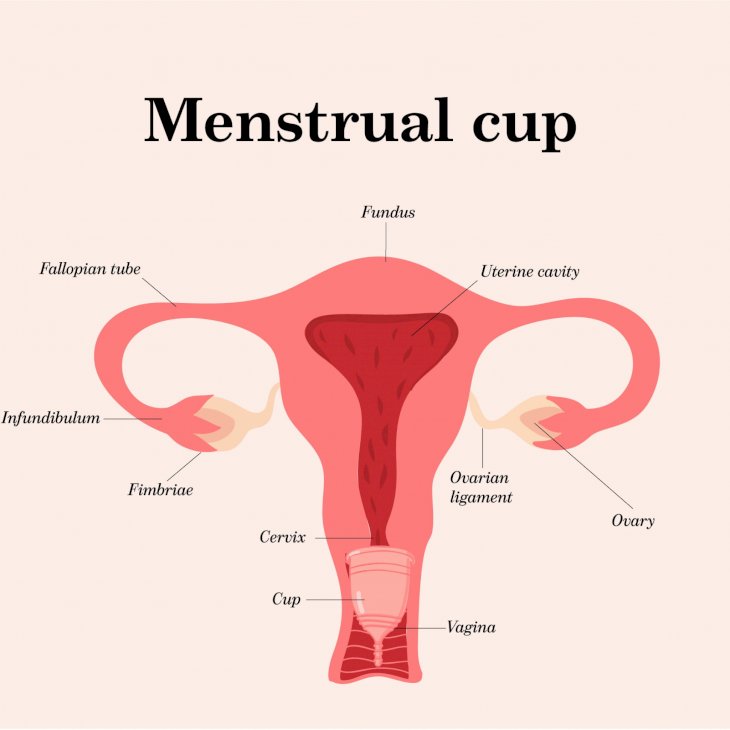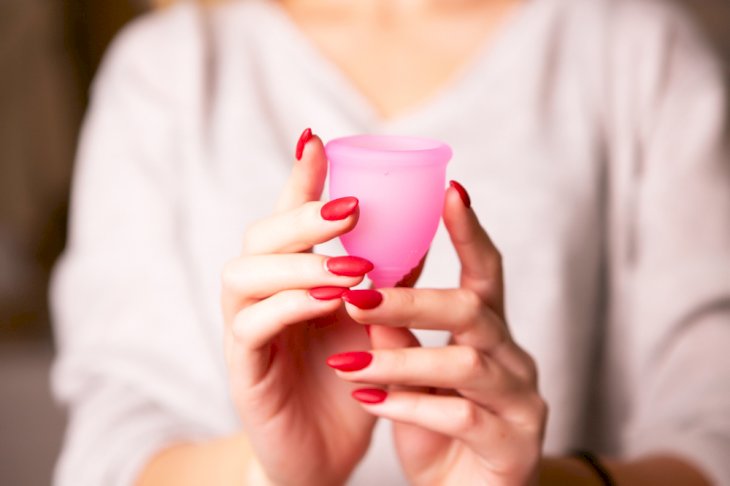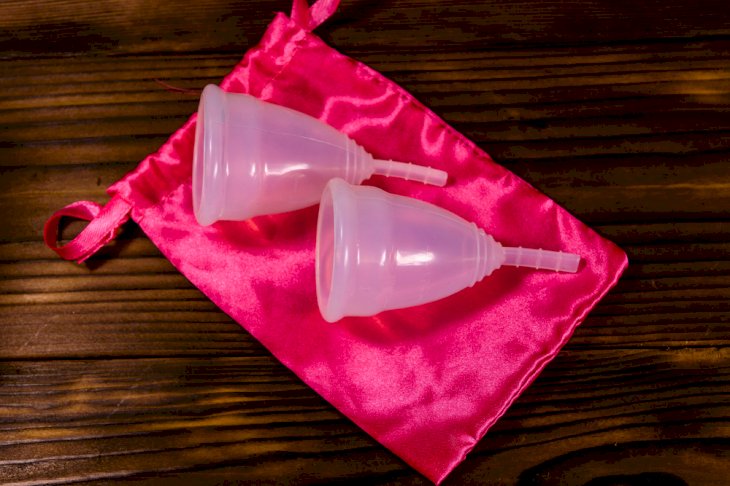
A Guide To Finding The Correct Menstrual Cup Size For Your Body And Flow
A single menstrual cup can cost around $40 for one. If you're looking to buy one, you probably don't want to have the disappointment of realizing that it's not the correct fit for you, resulting in having to buy another. Fortunately, once you find the right one for you, you won't have to purchase another for some years.
Trial and error is the preferred method for some people. But to minimize unnecessary time and money spent trying to find what works best for you, it's worthwhile figuring out what size menstrual cup might be ideal for you before purchasing.
From the height of your cervix to your typical monthly flow, here are some things you might consider before choosing the menstrual cup:
How High Does Your Cervix Sit

Shutterstock
When inserted, the menstrual cup sits right below the cervix, so knowing your cervical height can help you establish your ideal cup size. To measure your cervix height, slide your middle finger into the vagina until you reach the point that feels somewhat like the tip of your nose.
Note which knuckle the vaginal opening is closest to. If below the middle knuckle, your cervix may be considered low (towards the tip of your finger). If the opening is above the middle line (toward the base of your finger), your cervix might be considered high.

Shutterstock
A higher cervix may require a larger cup. Having a small cup might present a challenge when removing the menstrual cup from higher up in the vagina. A smaller cup may better serve a lower cervix. A larger one might sit less comfortably.
Your Age And Births

Shutterstock
Some sites advise that smaller menstrual cups are typically recommended for people younger than thirty years old who haven't delivered vaginally.
Larger sizes are typically recommended for those who are over thirty years old, who have given birth vaginally, or have a heavier flow. However, bodies are different, and this is only a vague guideline. Take into your account your individual flow, cervix, and lifestyle requirements.
Flow

Shutterstock
Your menstrual flow is another determining factor to consider when shopping for an ideal menstrual cup. If you have a lighter flow, you might opt for a smaller cup, while those with a heavier flow might choose a larger size.
If your flow varies vastly, it might be well-advised that you use a larger cup for heavier days and a smaller one on light days.
Flexibility Of The Cup

Shutterstock
Consider your level of physical activity to determine whether you might require a firmer or softer cup. While, again, bodies are not the same, some people report leakage when using a softer cup and engaging in robust physical activity.
Before you permanently dismiss menstrual cups for an alternative, if you find that you experience leaking, especially when exercising, you might want to consider a cup with a firmer rim.